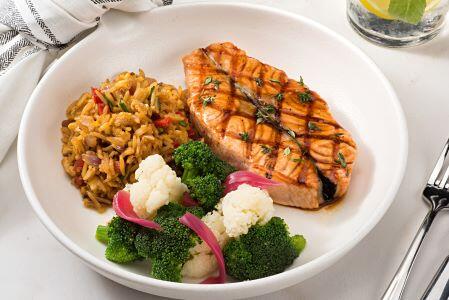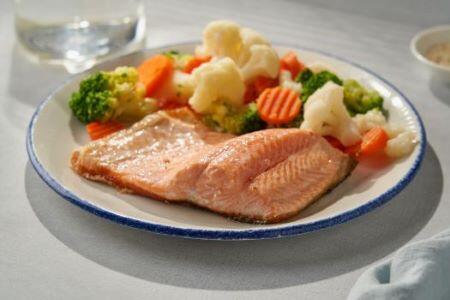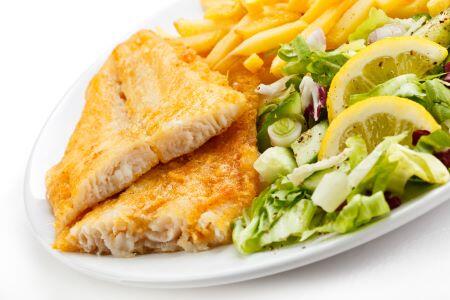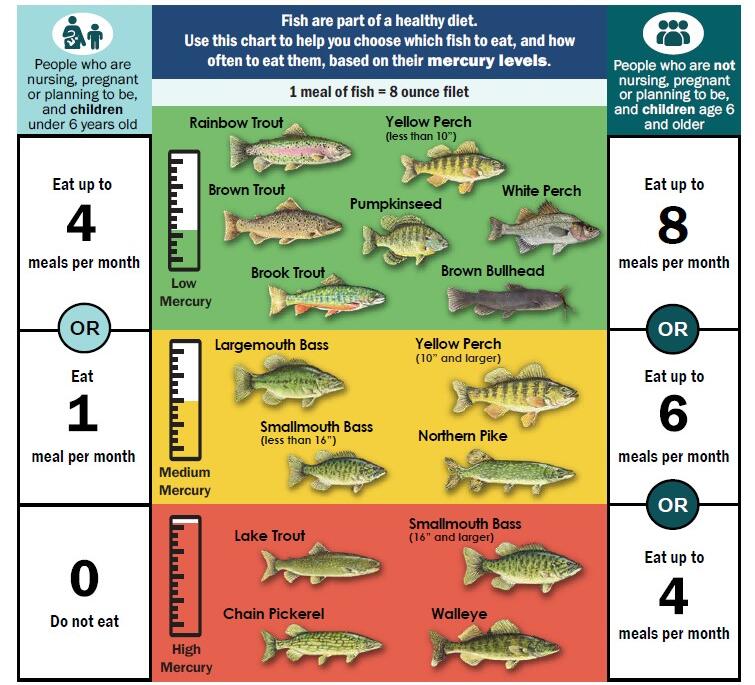Eat Fish, Choose Wisely
Fish provide key nutrients like omega fats, iron, iodine and choline. These nutrients are important for heart health and support health during pregnancy, nursing, and early childhood. Everyone should try to eat 2-3 servings of fish per week.

| 
| 
| 
| 
|
People who are nursing, pregnant or planning to be, and young children should eat fish with low levels of mercury. Mercury is a toxic metal that is harmful to a developing nervous system. Too much mercury can affect your child’s brain and how your child learns, moves and behaves.
Some large fish have high levels of mercury. It’s important to avoid eating fish with high levels of mercury if you are pregnant or planning to be, nursing or have children under the age of 6.
Fish You Catch and Fish You Buy
The Fish You Catch and Fish You Buy safe eating guidelines can help you decide what types of fish to eat, how much to eat and how often. Be sure to follow the waterbody-specific advisories if you eat fish caught from Lake Champlain, the Hoosic River, or the Deerfield and Connecticut Rivers.
Fish You Catch in Vermont | Fish You Buy |

| 
|
Download the mercury in fish safe eating guidelines
Download a text-only version
Are you a health care provider? Use our online order form to get professionally printed versions of the safe eating guidelines to give to your patients.

